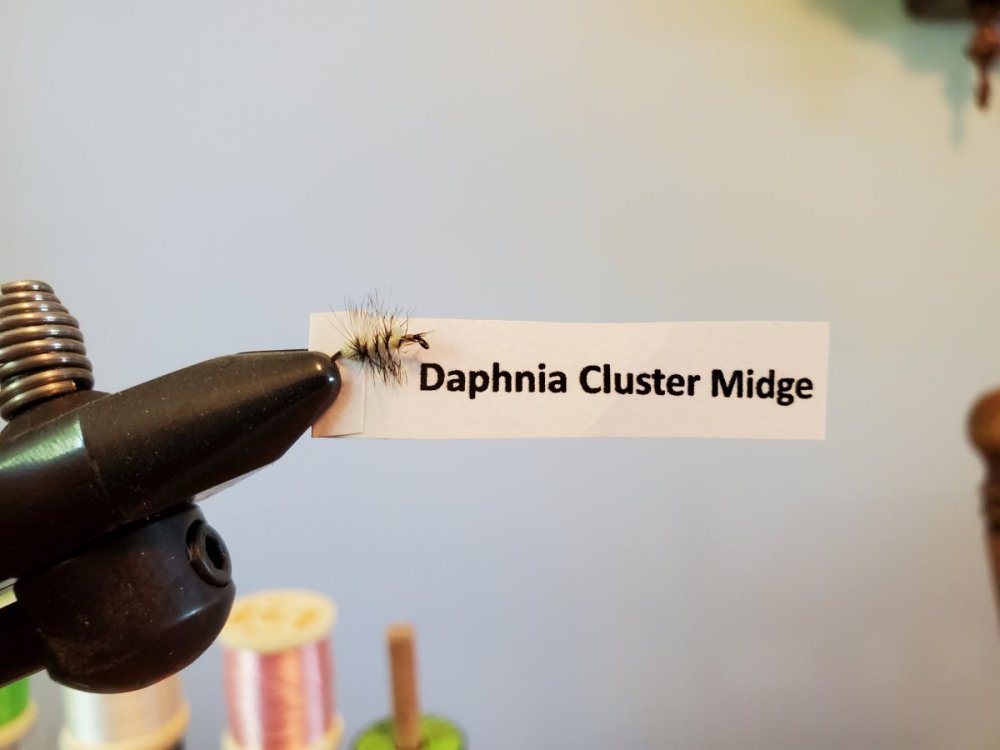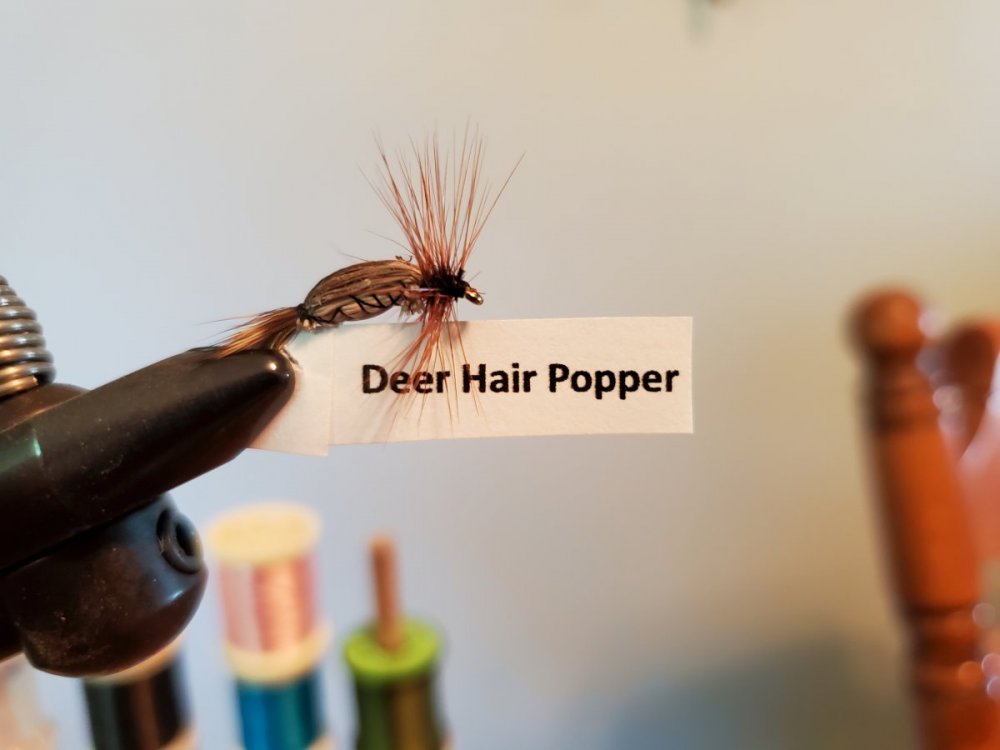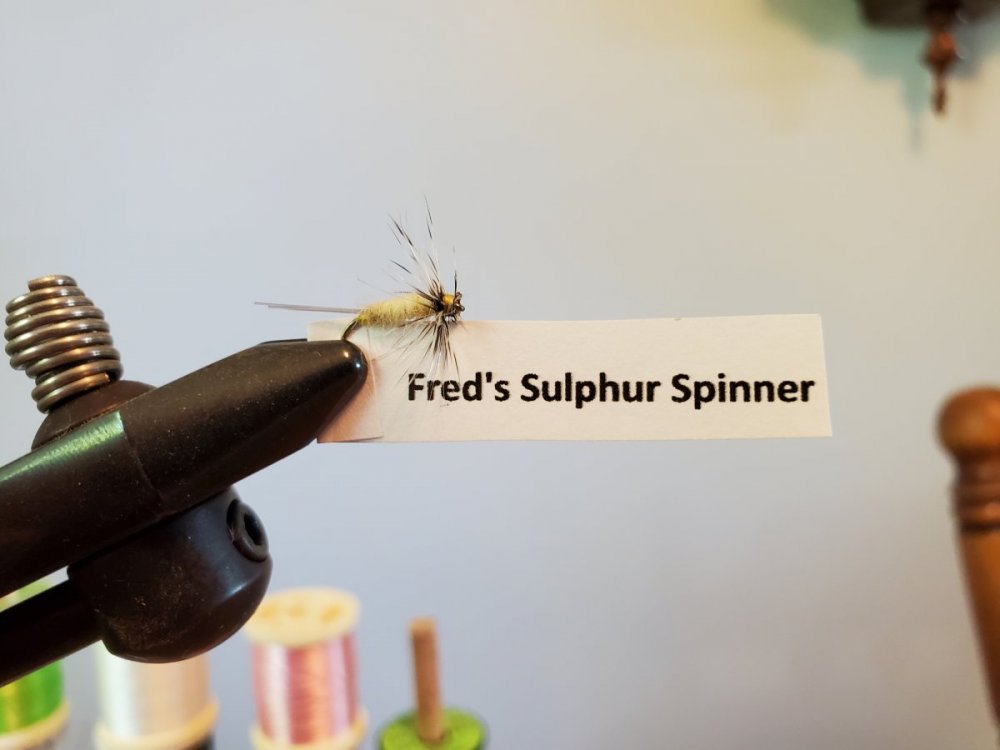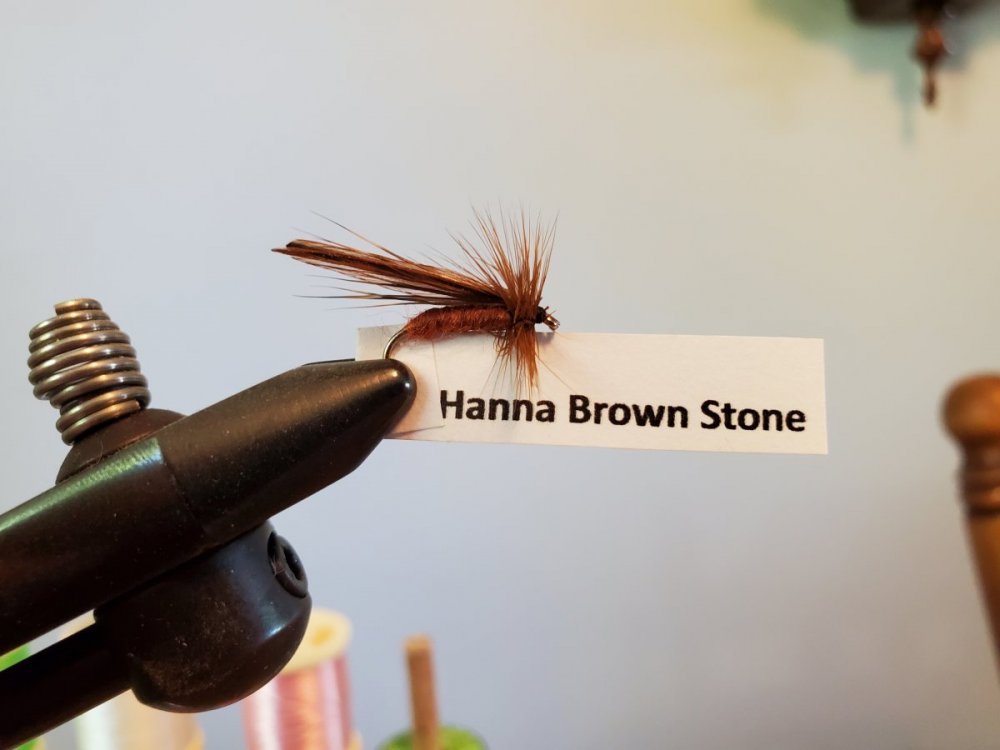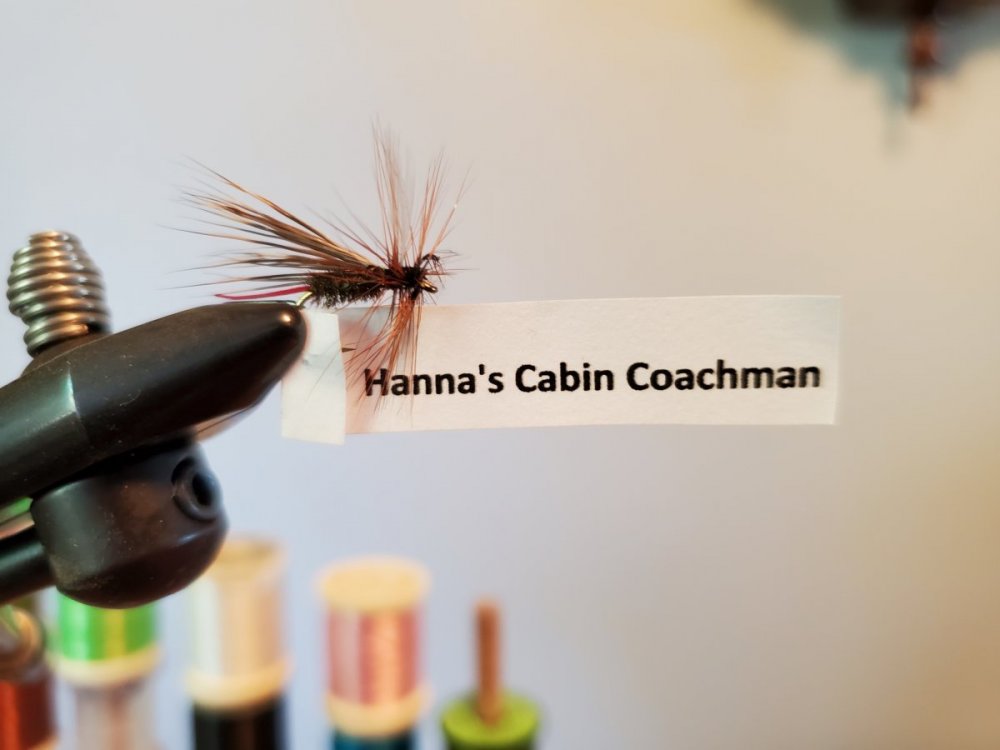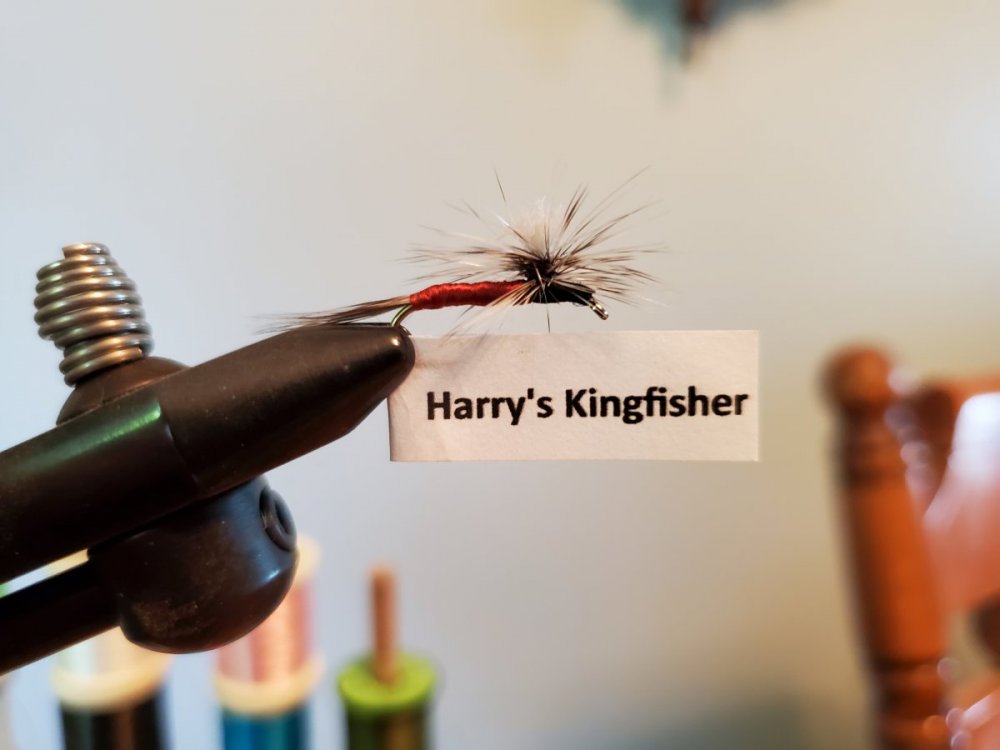WWKimba
Active member
Corey's Calf Tail - This was created by Ralph Corey of Port Rapids, MI prior to 1929. It has been said that the first Corey Calf tails used a tied down wing and is considered to be one of the first patterns that used hair wings. It can be tied and fished using any color dubbing. First designed as a brook trout pattern, it has been successfully used to catch brown and rainbow trout as well.
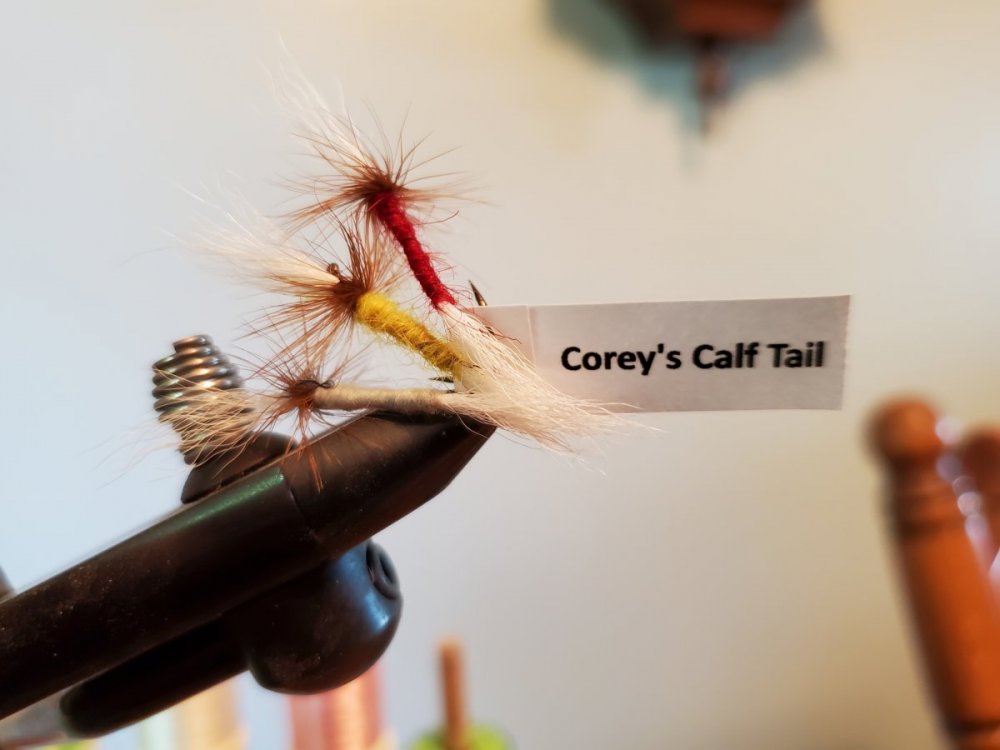
Hook - Mustad 94840, 8-16
Thread - black
Tail - white calf tail
Wings -white calf tail, tied as a single, upright wing and forward facing (a modern variation uses calf tail tied upright and divided)
Rib - gold wire (gold tinsel may also be substituted), also, the split wing version above replaces the wire with a palmered grizzly and brown hackle combination
Body - any color dubbing - the more oft used colors of yellow, red and grey are shown above
Hackle - brown

Hook - Mustad 94840, 8-16
Thread - black
Tail - white calf tail
Wings -white calf tail, tied as a single, upright wing and forward facing (a modern variation uses calf tail tied upright and divided)
Rib - gold wire (gold tinsel may also be substituted), also, the split wing version above replaces the wire with a palmered grizzly and brown hackle combination
Body - any color dubbing - the more oft used colors of yellow, red and grey are shown above
Hackle - brown

